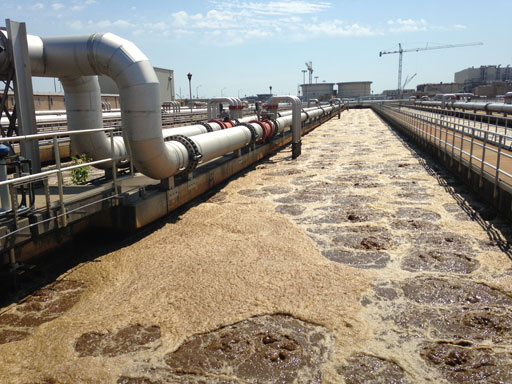
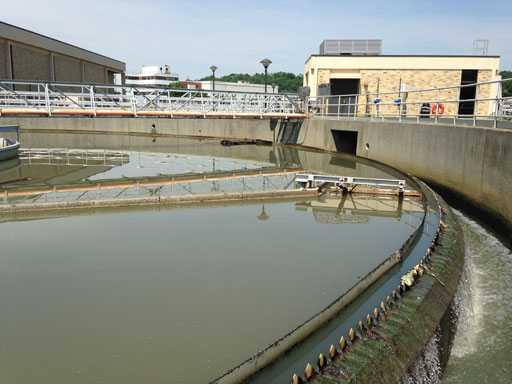
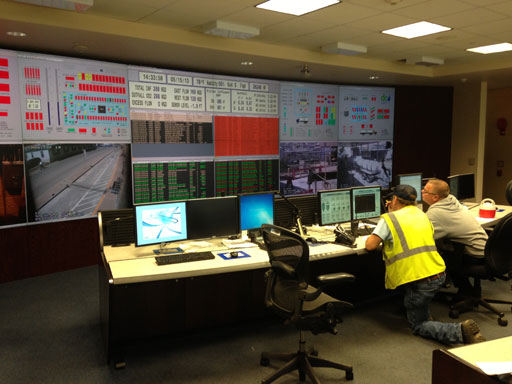
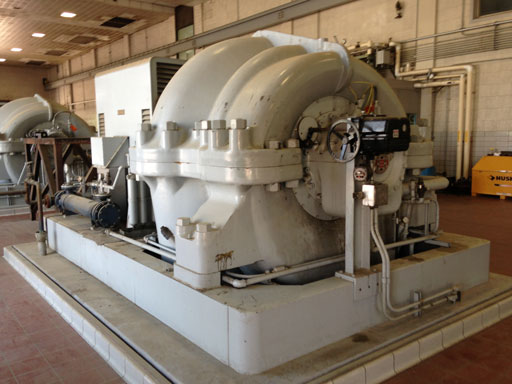
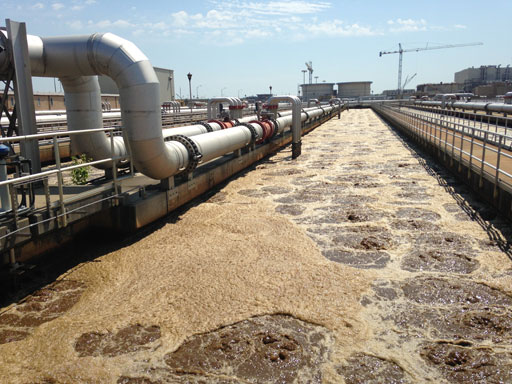
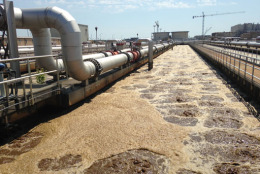
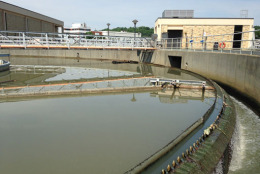
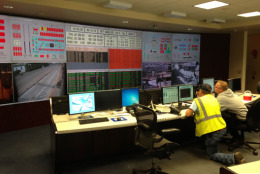
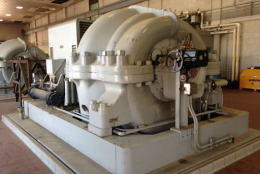
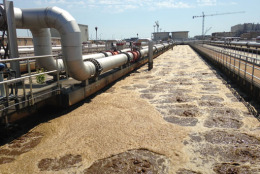
WASHINGTON – Wastewater can easily fit into the out of sight, out of mind category.
Toothpaste circling the drain or the flush of a toilet hardly prompt lingering reflection.
But once the water leaves a home or business, the real journey begins.
When the region’s wastewater, or “enriched water” as managers like to call it, reaches its final destination, it ends up at Blue Plains Advanced Wastewater Treatment Plant in Southeast Washington.
It is the largest plant of its kind anywhere in the world. Its service area covers from Loudoun County, Va., to Prince George’s County, Md.
At Blue Plains, an exhaustive process treats the wastewater until it’s more than ready to go back into the Potomac River.
“The water going into the Potomac is usually bluer and cleaner than the Potomac itself, and we’re pretty proud of that,” says George Hawkins, general manager of DC Water.
“This is also the single largest discharge from a facility to the Chesapeake Bay,” he says.
The Chesapeake Bay is the nation’s largest estuary, and the Potomac River is its second-largest tributary. Both waterways have had problems with too much nitrogen and phosphorus from stormwater pollution, as well as from urban and agricultural runoff. Nitrogen and phosphorous cause algae blooms that can choke marine life and create dead zones.
On a daily basis, Blue Plains treats about 370 million gallons of water. DC Water likes to use RFK Stadium for perspective. The water treated at the plant every day would fill the Redskins’ former home to the rafters.
The actual treatment process begins with a series of screens. They catch the objects and large particles.
From there, it’s off to primary clarifiers, which are huge sedimentation tanks. An arm slowly moves across the surface to scrape off the fats, oils and grease. Solid particles drop to the bottom.
The second phase of the treatment process involves pumping air into the tanks via noisy bubble diffusers. That supplies microbes, or bugs, with oxygen. The microbes treat organic materials like fats and sugars. The microbes are then settled out.
This is where Blue Plains gets fancy. Other treatment plants call it quits after secondary treatment.
Blue Plains goes further by removing nitrogen that would harm the watersheds. This tertiary level of treatment may be the most complex of all.
Perceptive passengers arriving at or departing from Ronald Reagan Washington National Airport can actually see where the treated water shoots back to the Potomac.
Though the water is cleaner than it was when it was taken from the river, enhanced technology has exposed contaminants in a new way.
“In very small amounts we’re now able to test and see that there are pharmaceuticals that are in very small amounts — something that we might take as medicine and then pass through us — that end up in the Potomac,” Hawkins says.
“The systems are not at this point designed to remove all of those,” he says.
Hawkins doesn’t want that to be alarming. It’s simply a result of monitoring technology that can find contaminants in parts per billion or even parts per trillion.
“We can find it better than we know what the health consequence is or how we would remove such a tiny little amount with any standard treatment process,” he says.
He says he believes those unknowns could take a decade or more to resolve.
Related Stories
Follow @WTOP on Twitter.







